In this age ofeco-responsibility, creating your own kitchen garden is very much in vogue!
You don't need a large space to grow vegetables and fruit - it's perfectly possible on a balcony, terrace or even a small area of the garden!
To get a good yield, it's essentially a question of adapting the crops to the environment and following the different stages in developing a vegetable garden.
Here's an overview of the key stages involved in starting a small vegetable garden: for the pleasure of growing and eating at home!
Why grow your own vegetable garden?
There are many advantages to growing your own crops, not least of which are
- Reconnecting with nature: seeing a seed blossom into a plant that flowers and produces fruit and vegetables is just magical!
- Being eco-responsible: growing your own produce at home means reducing your carbon footprint by buying less, using less fuel, less packaging, less processed products, etc.
- Have a constructive hobby: looking after your vegetable garden means enjoying the sunshine, observing nature and getting satisfaction from the work you've done, from planting to tasting.
- Enjoy the pleasure of taste: extra fresh, tasty food to cook and enjoy just after harvesting.
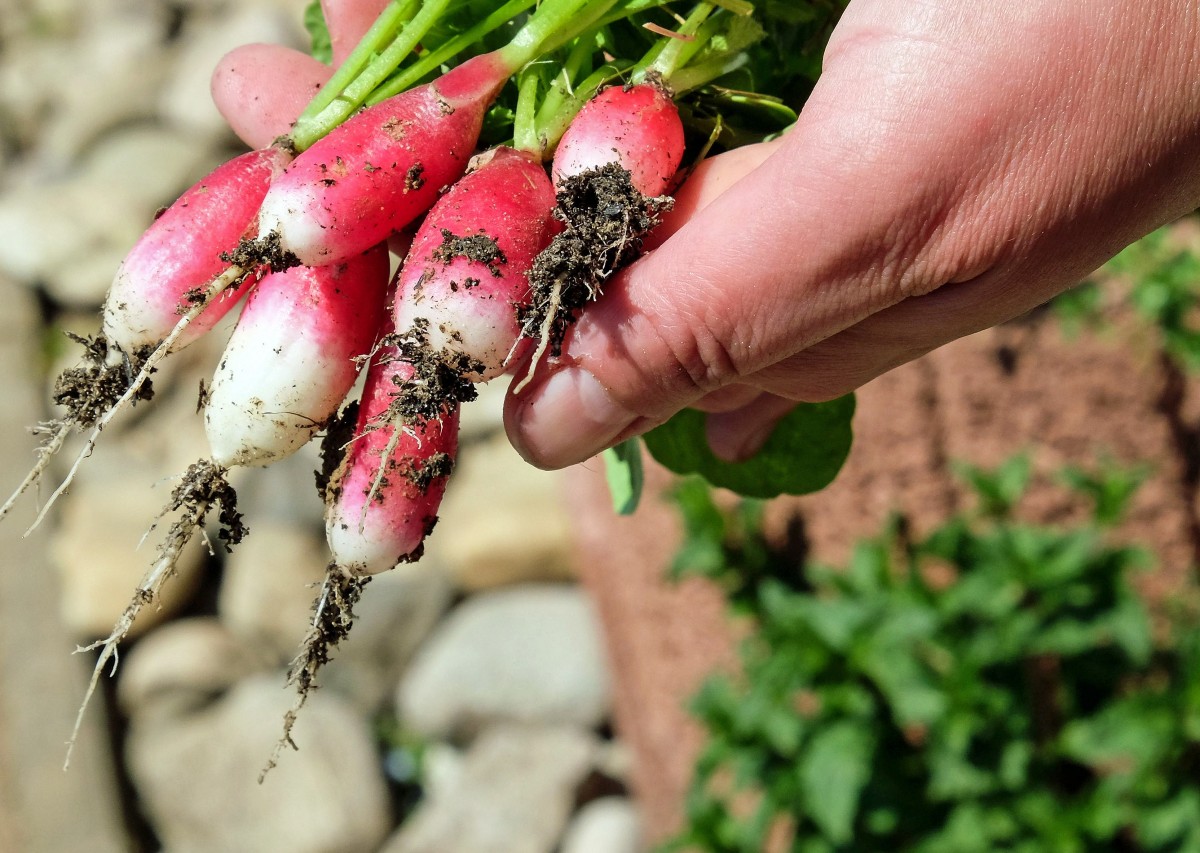
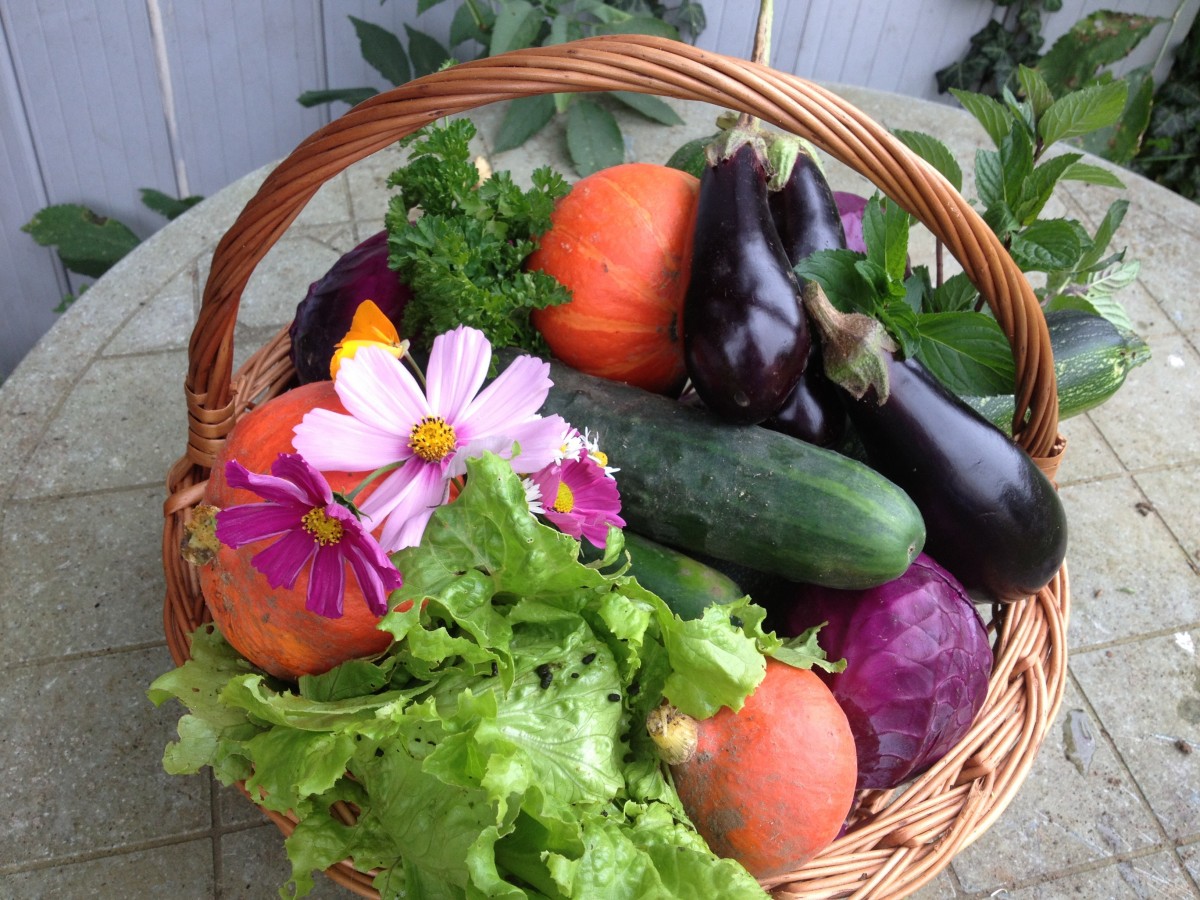
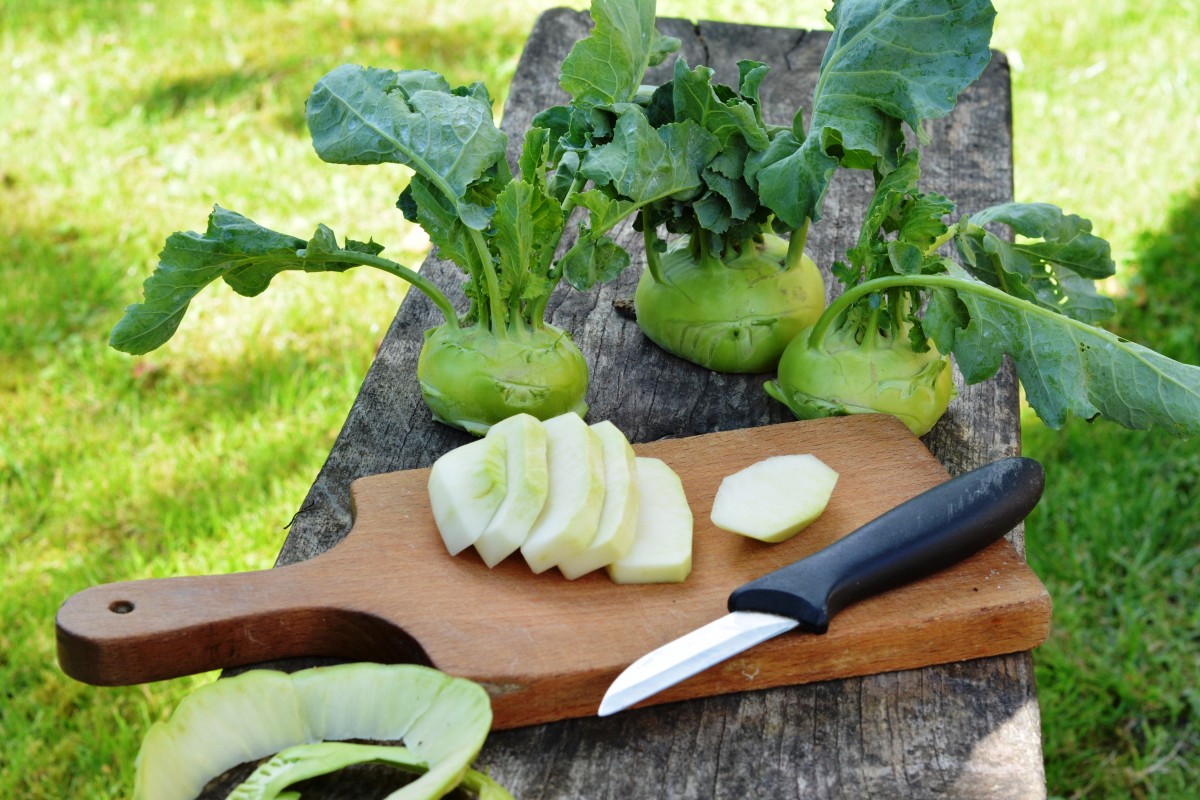
- Developing new skills: creating your own vegetable garden means learning a host of useful techniques and tricks.
To benefit from the many advantages offered by your own kitchen garden, all you have to do is get started by following a few key steps!
Stage 1: Preparation
First and foremost, you need to choose the right location and the right surface area for your vegetable garden. To start with, you need to allow between 10 m² and 20 m²: an area compatible with a balcony, terrace or small area of the garden. When choosing the area, take the following factors into account:
- Exposure: an area facing south, south-east or south-west will guarantee the optimum amount of sunshine needed for plant growth.
- Soil: most plants thrive in rich, well-drained soil. If this is not possible, good preparation and enrichment beforehand will ensure that the soil is of the highest quality.
- The environment: a plot of land that is ideally flat and protected from the elements (strong winds, flooding, etc.) by a hedge, wall or similar.
Once the area has been marked out, the soil should be prepared, ideally in early spring:
- In the open ground: after spading the soil (to a depth of 30 cm), weed carefully, removing all plants and roots, and remove any large stones or plant debris. For initial use, it is best to enrich the soil by spreading decomposed organic matter.
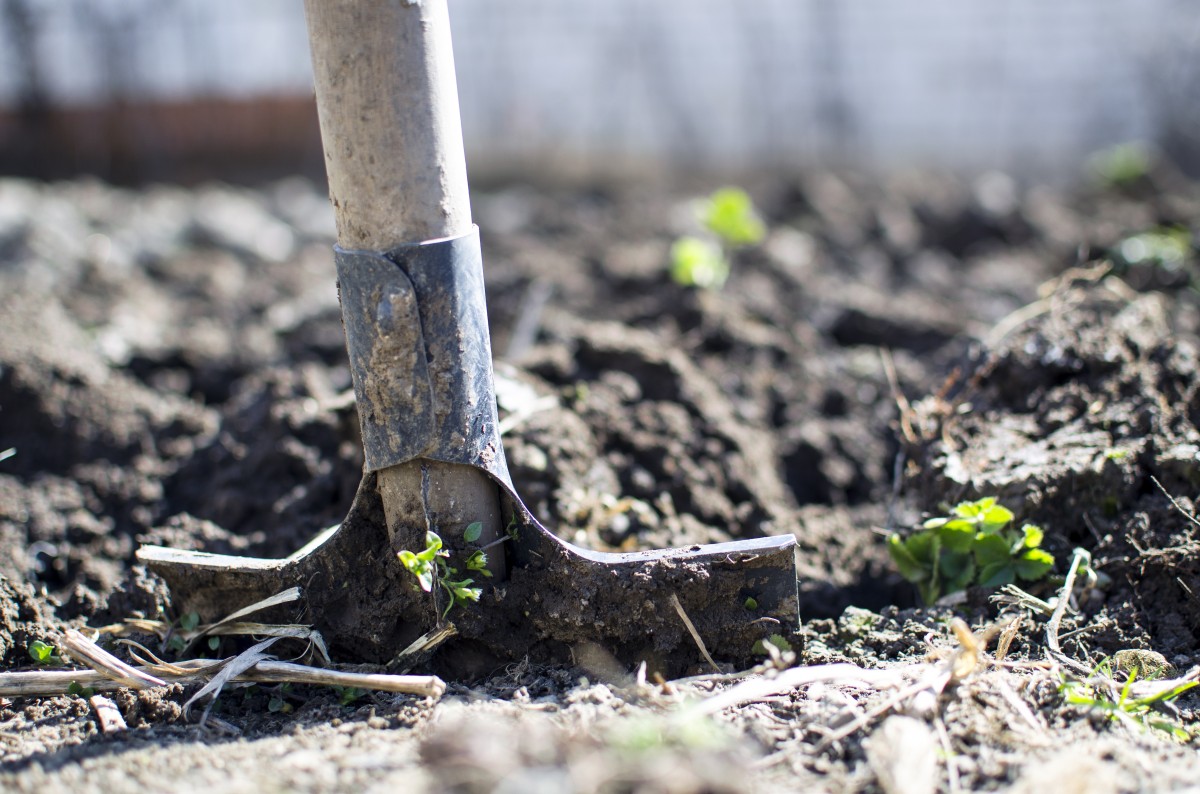
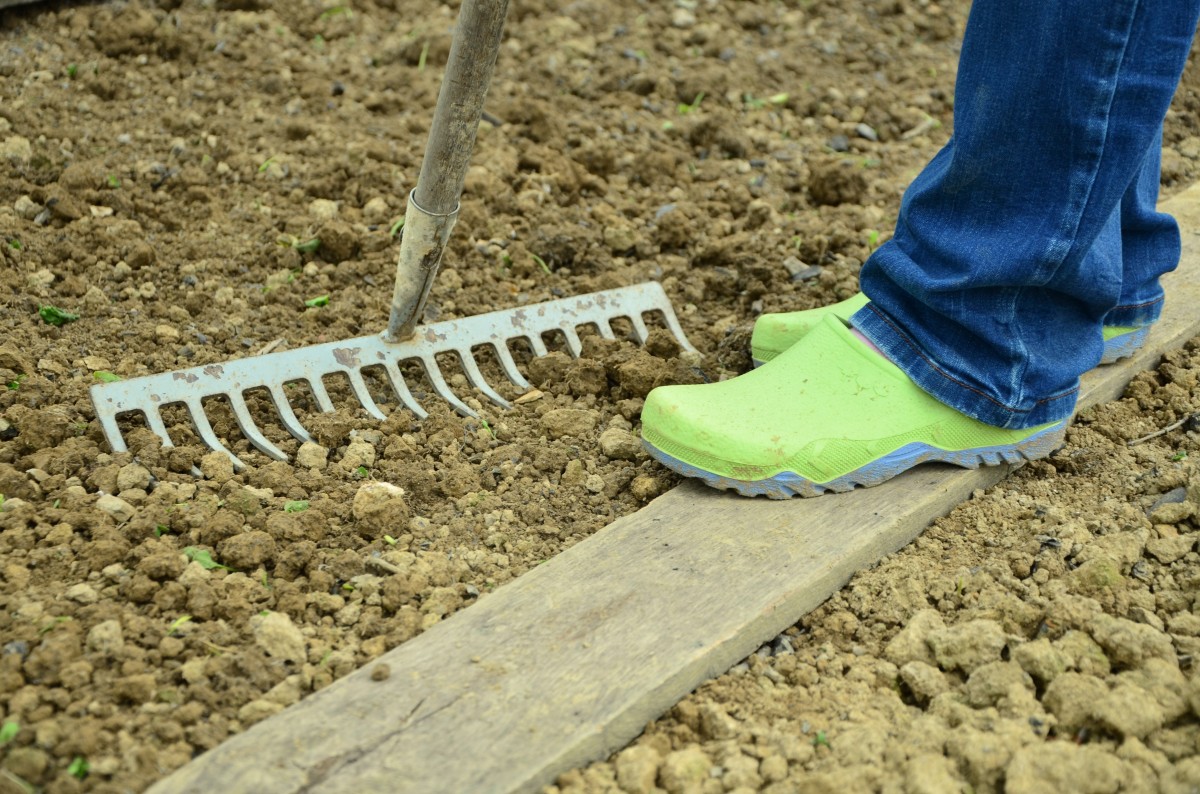
- Above ground: all you need to do is place a mixture of equal parts of topsoil and decomposed organic matter in a planter placed on the ground, high up or suspended.
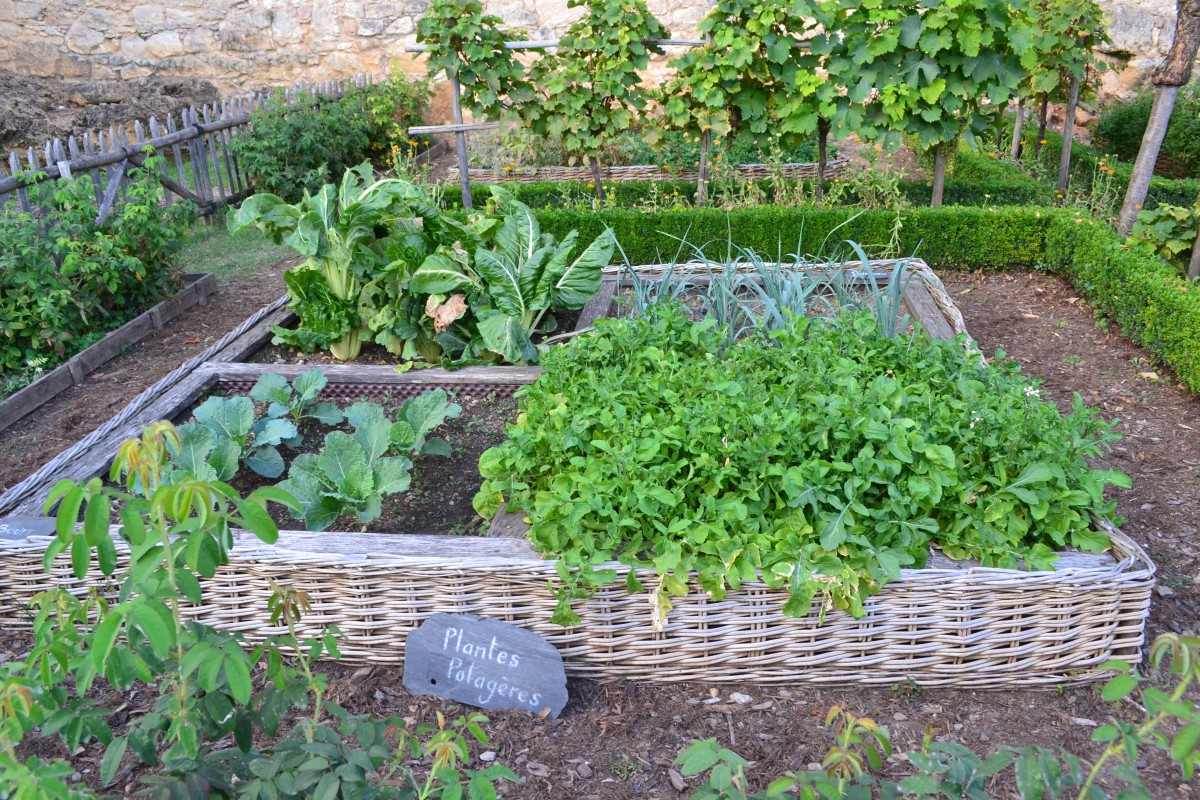
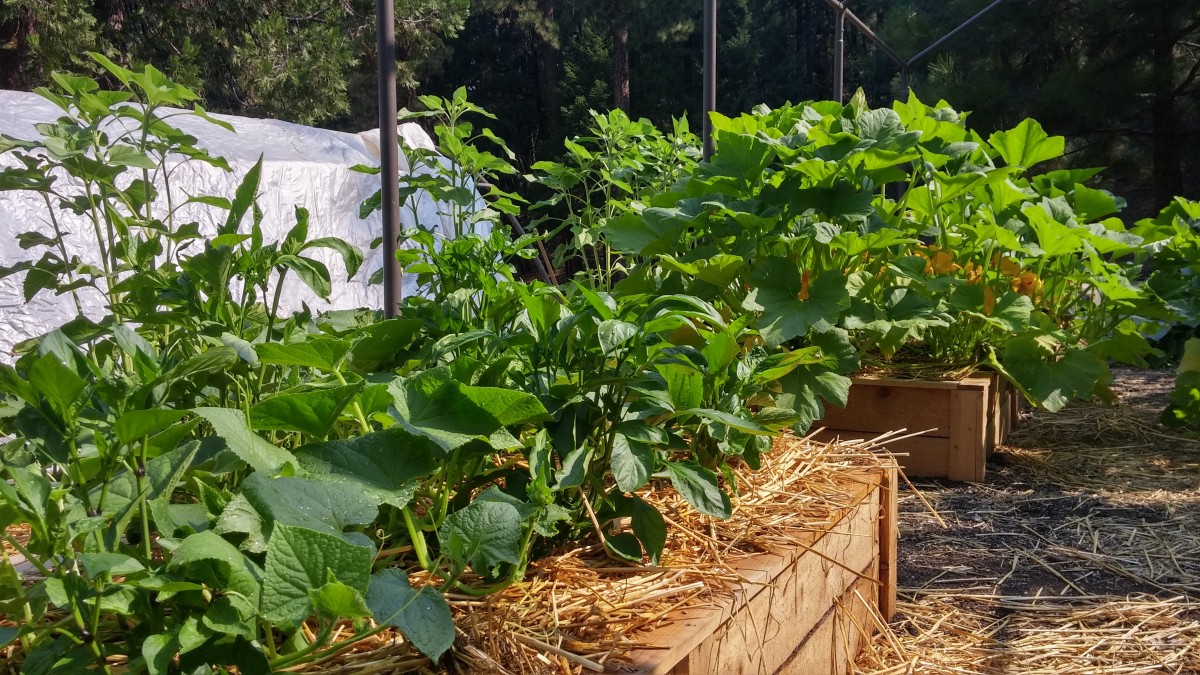
Lastly, a sprinkler system should be installed nearby to facilitate watering:
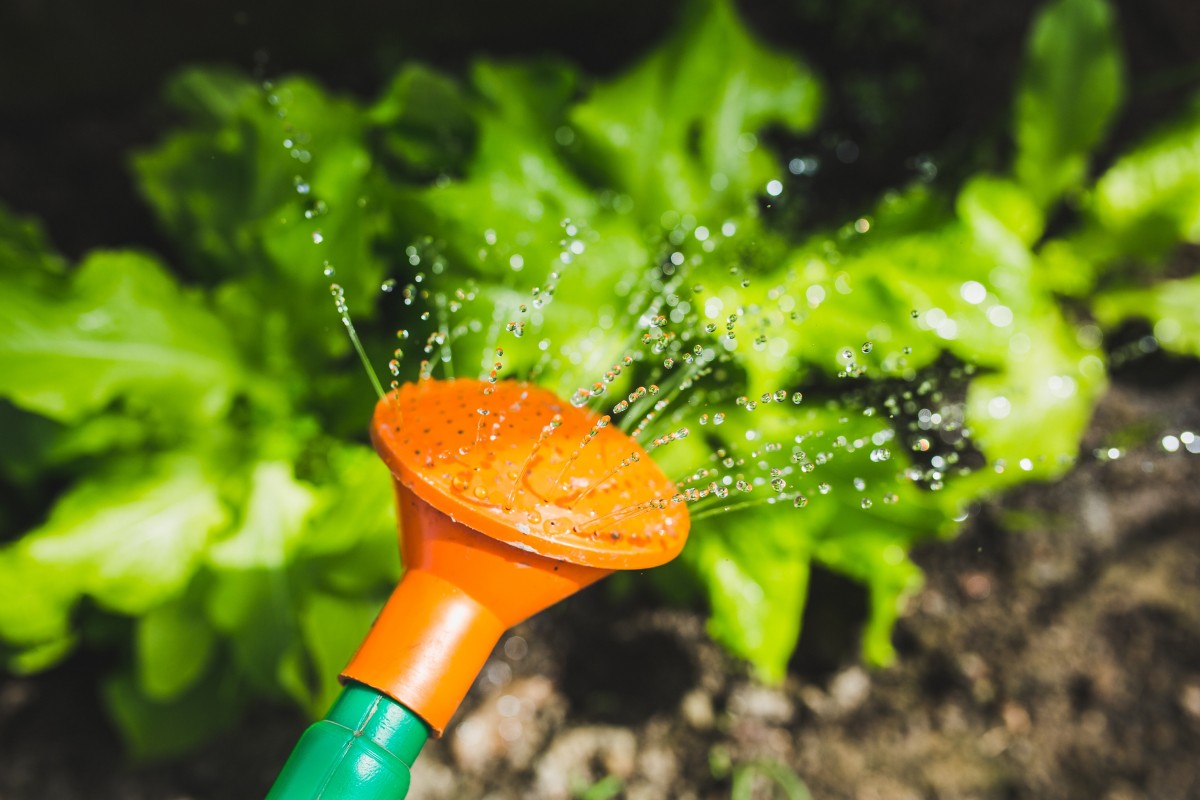
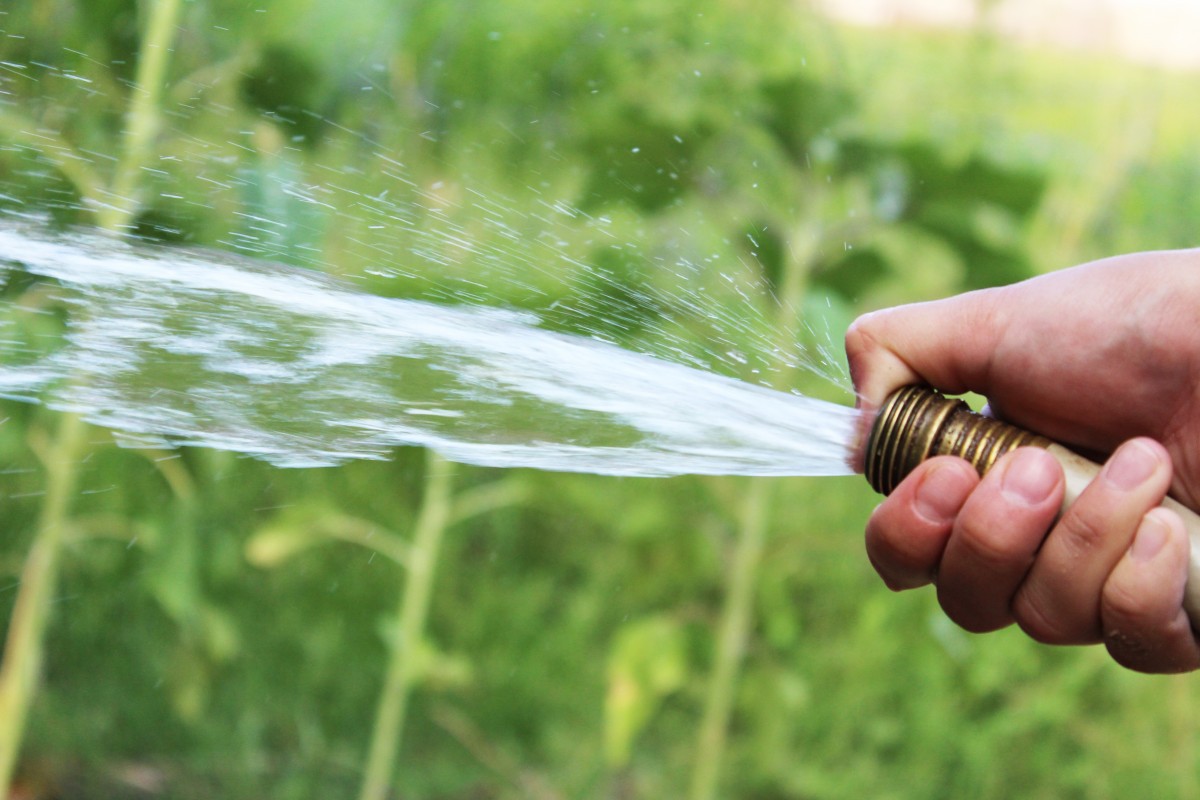
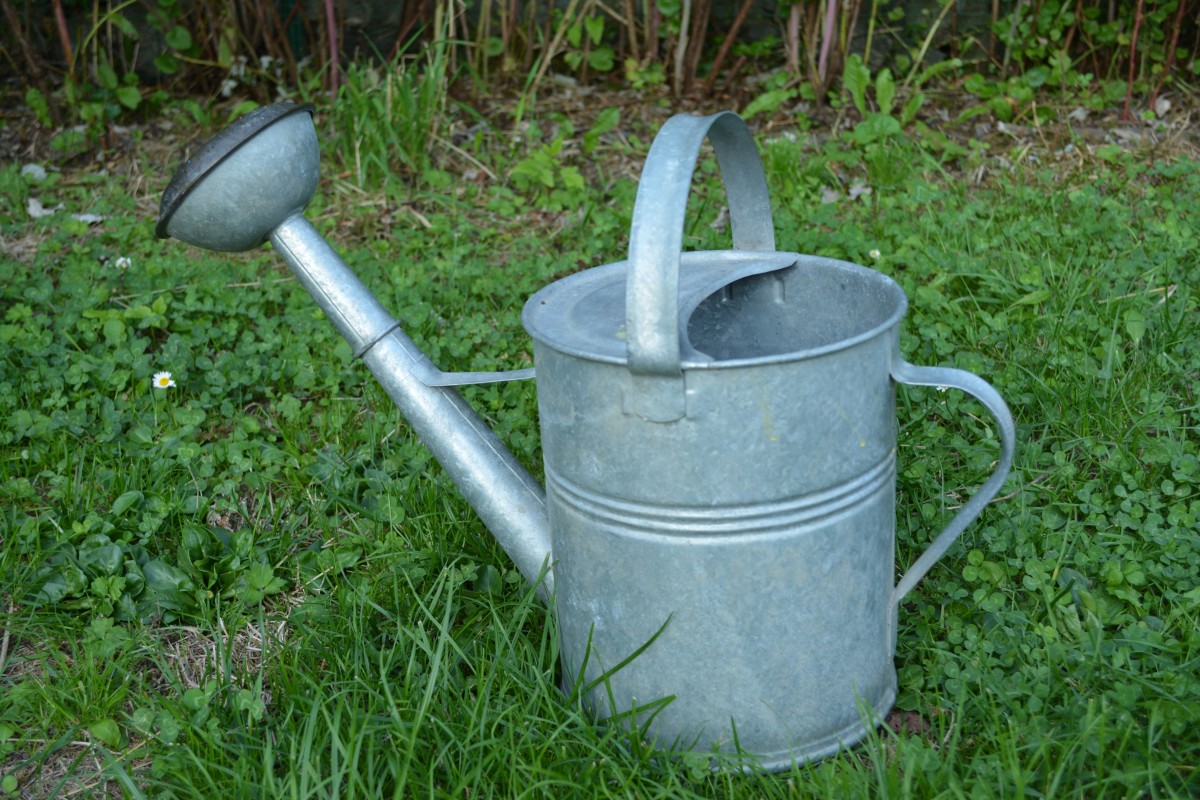
- Manual watering: with a watering can or hose. This type of watering is ideal for a small area and is not too restrictive.
- Automatic watering: with an automatic sprinkler or drip system connected directly to an external water supply. Very practical, even essential for a large area.
Note: we recommend that you water your vegetable garden with natural, untreated water. Installing a rainwater collector is the ideal solution for limiting or even eliminating drinking water consumption.
Stage 2: Sowing and planting
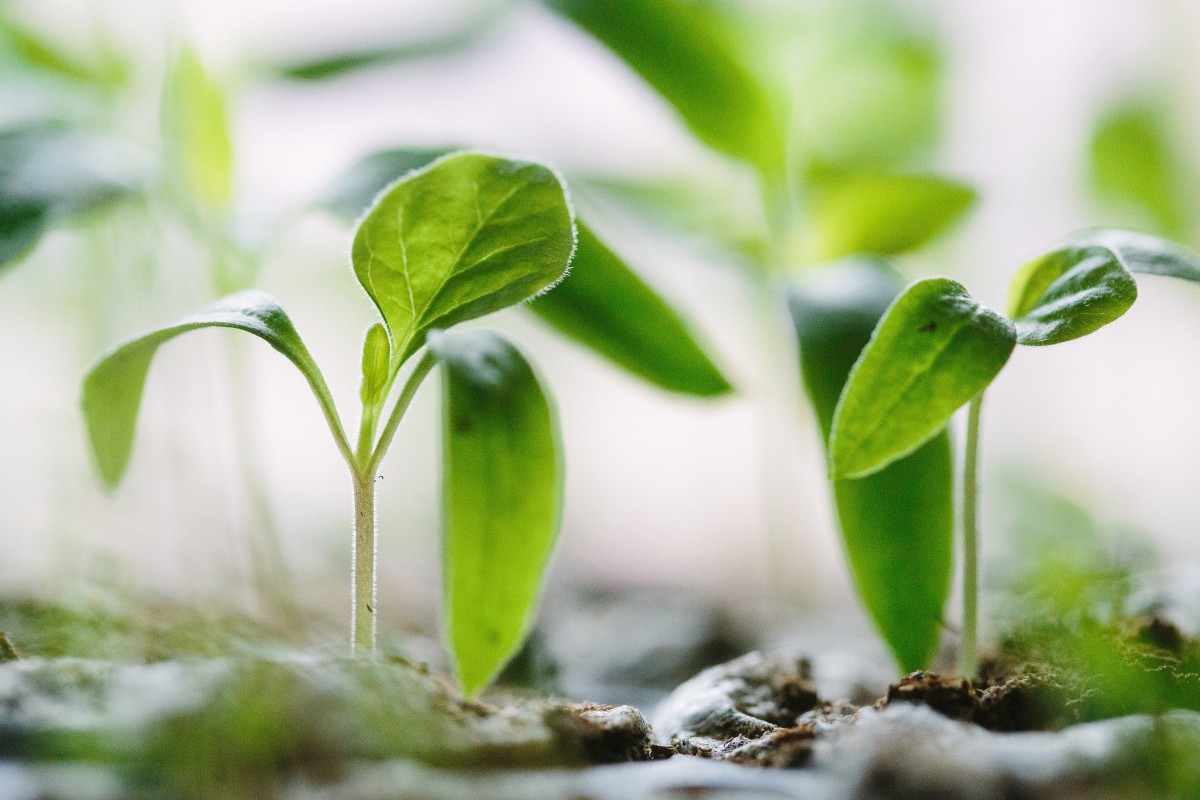
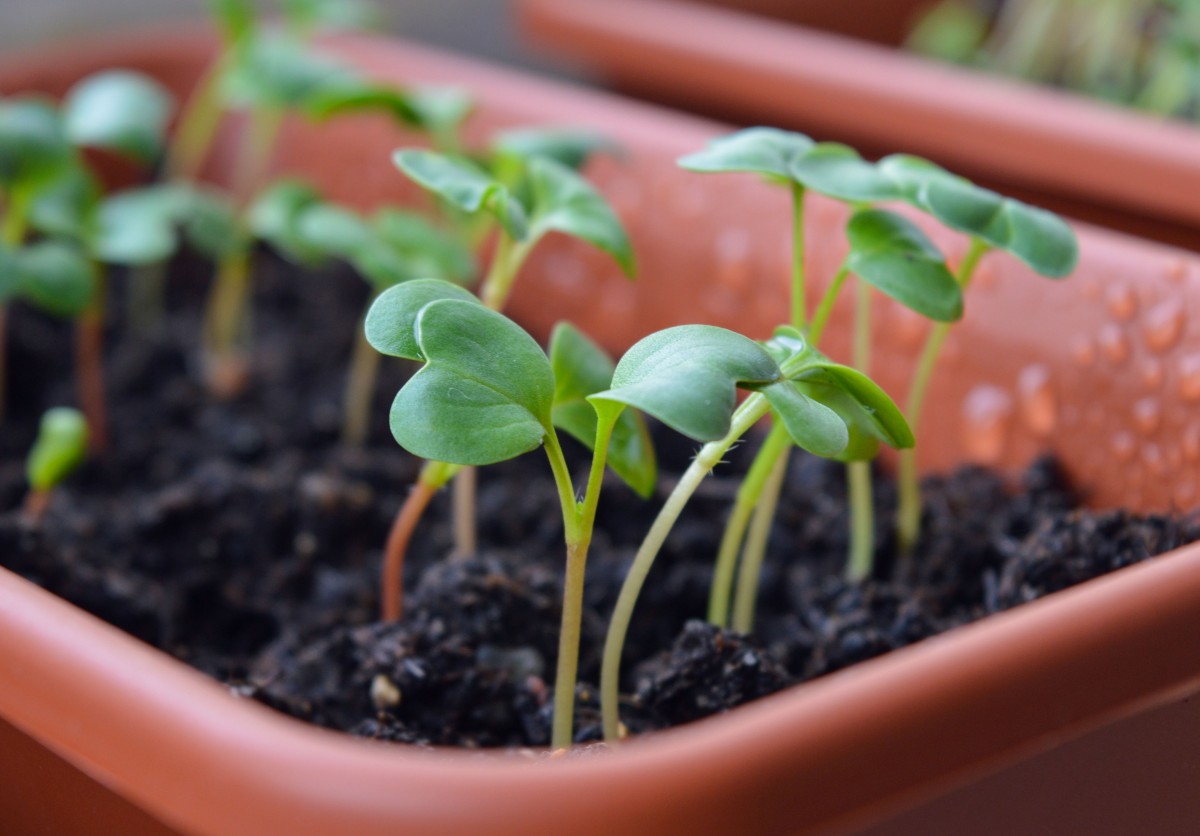
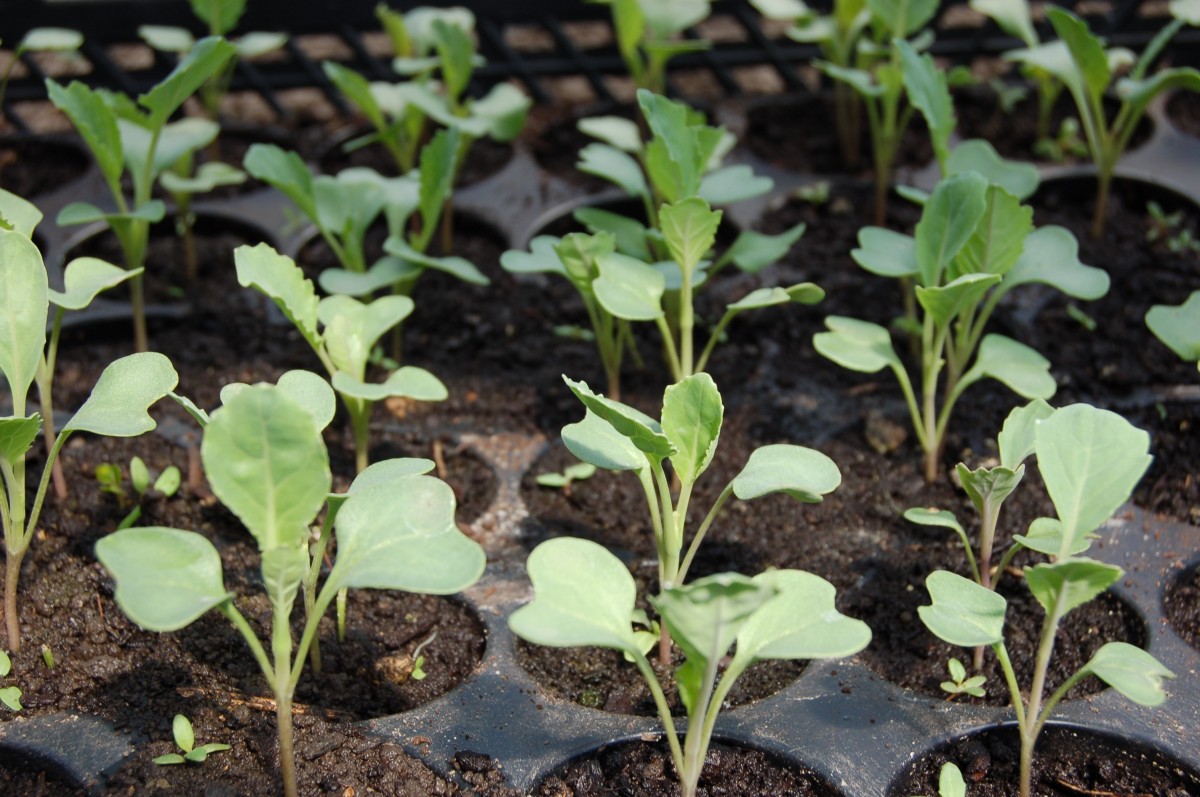
To get off to a good start, it's a good idea to consult a vegetable calendar beforehand, which details the sowing and planting periods for each variety. Generally speaking, sowing takes place from February to April and planting from March to September.
Don't forget to order seeds at the right time so that you can sow them on time. See the vegetable seed catalogue.
As for the number of seedlings and seedlings, this should be sized according to the surface area of the vegetable garden and the tastes and needs of each person.
To begin with, it's best to choose varieties that are easy to grow and that you'll enjoy eating, such as :
- Tomatoes: sow in mid-May for harvesting from July to September.
- Radishes: sow from March to September for harvesting from May to October.
- Salads: sow from April to September and harvest from June to October.
- Beans: sow from May to July for harvesting from July to October.
- Strawberries: plant from March to April for harvesting from May to October.
- Courgettes: sow in mid-May for harvesting from July to September.
- Carrots: sow from March to June and harvest from June to November.
- Spinach: sown from April to July for harvest from July to November.
- Beetroot: sown from April to July for harvesting from July to October.
It's also a good idea to grow aromatic herbs in the vegetable garden: parsley, basil, thyme, bay leaves, dill, mint, rosemary and so on. As well as tasting good, aromatic herbs are invaluable for pollination and protecting crops from pests. See the catalogue of aromatic plant seeds.
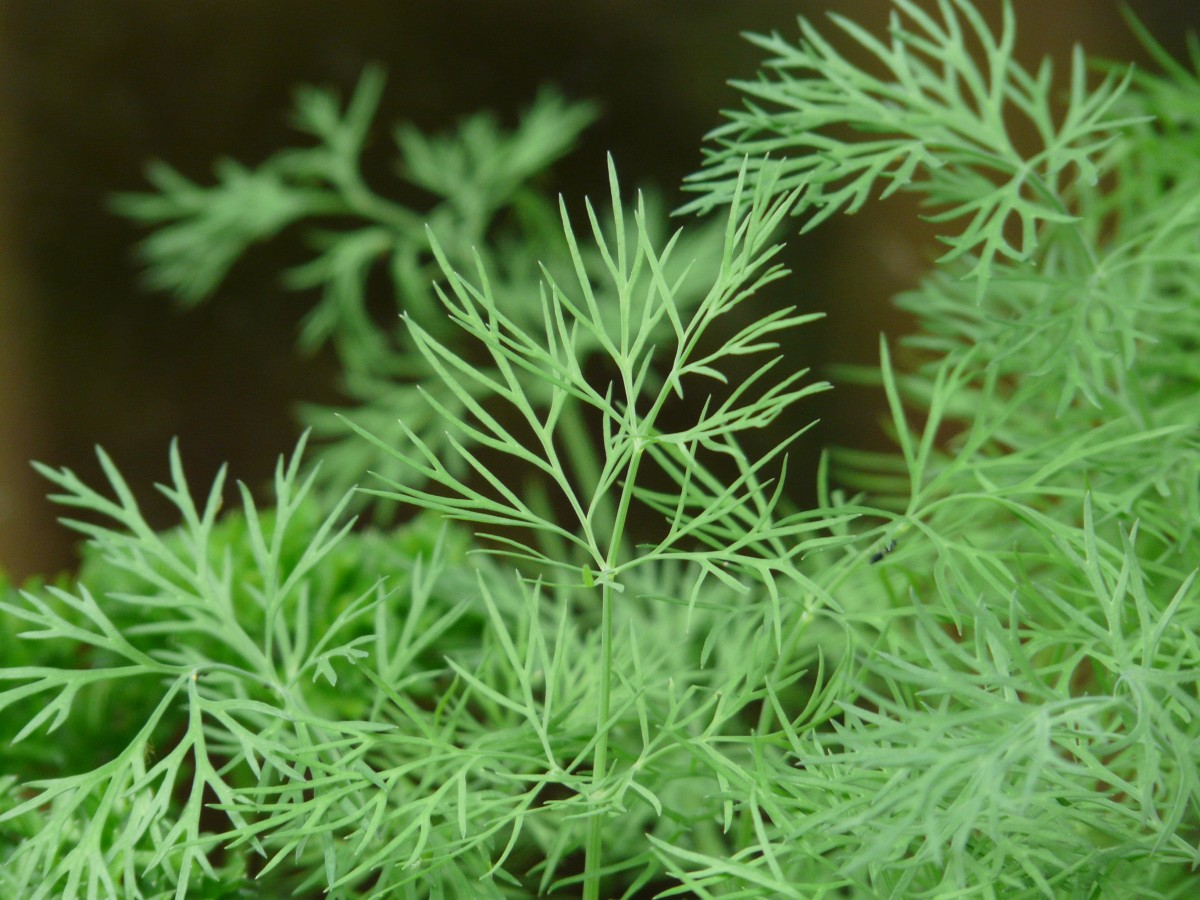
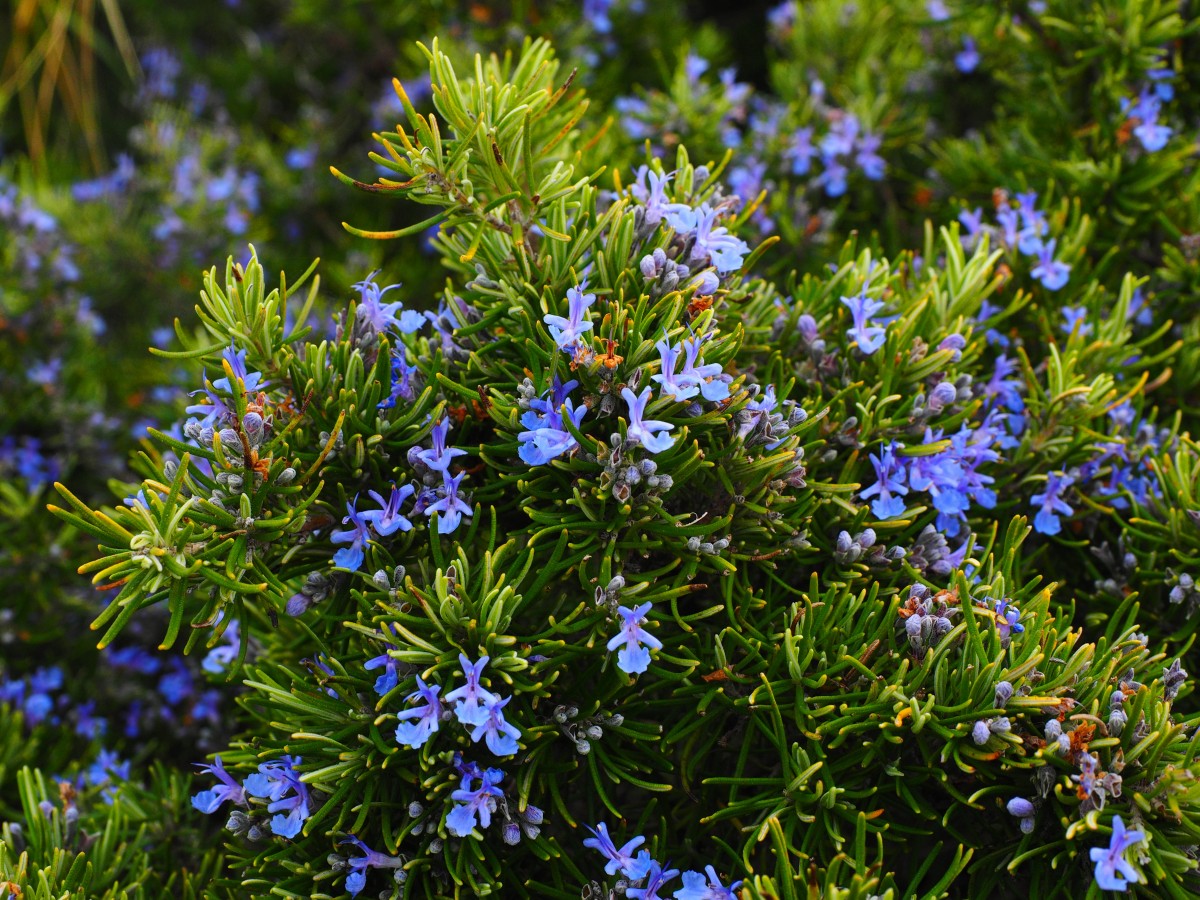
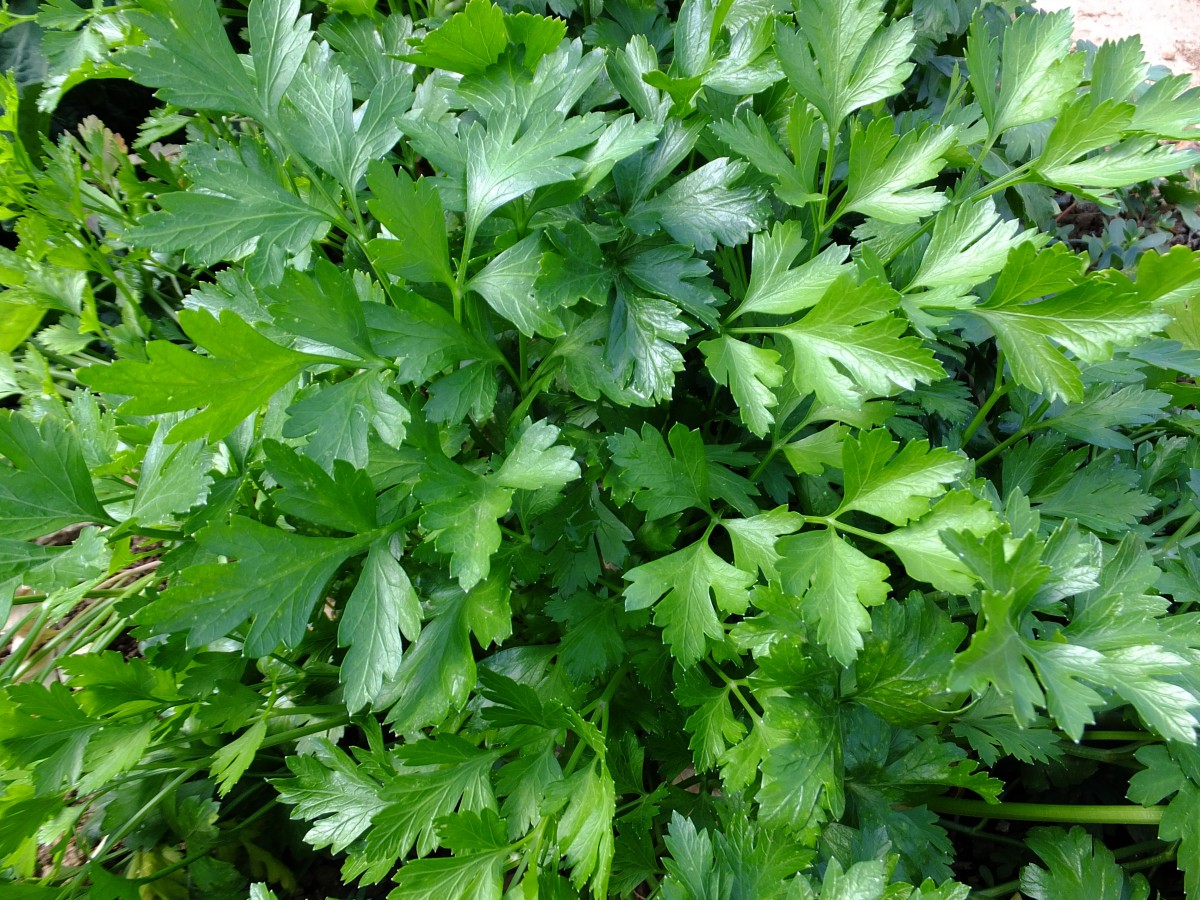
To take things a step further, it's important to know that certain combinations of plants are recommended, while others should be avoided. For example, carrots grow best next to lettuces, tomatoes and beans, and less well next to beetroot.
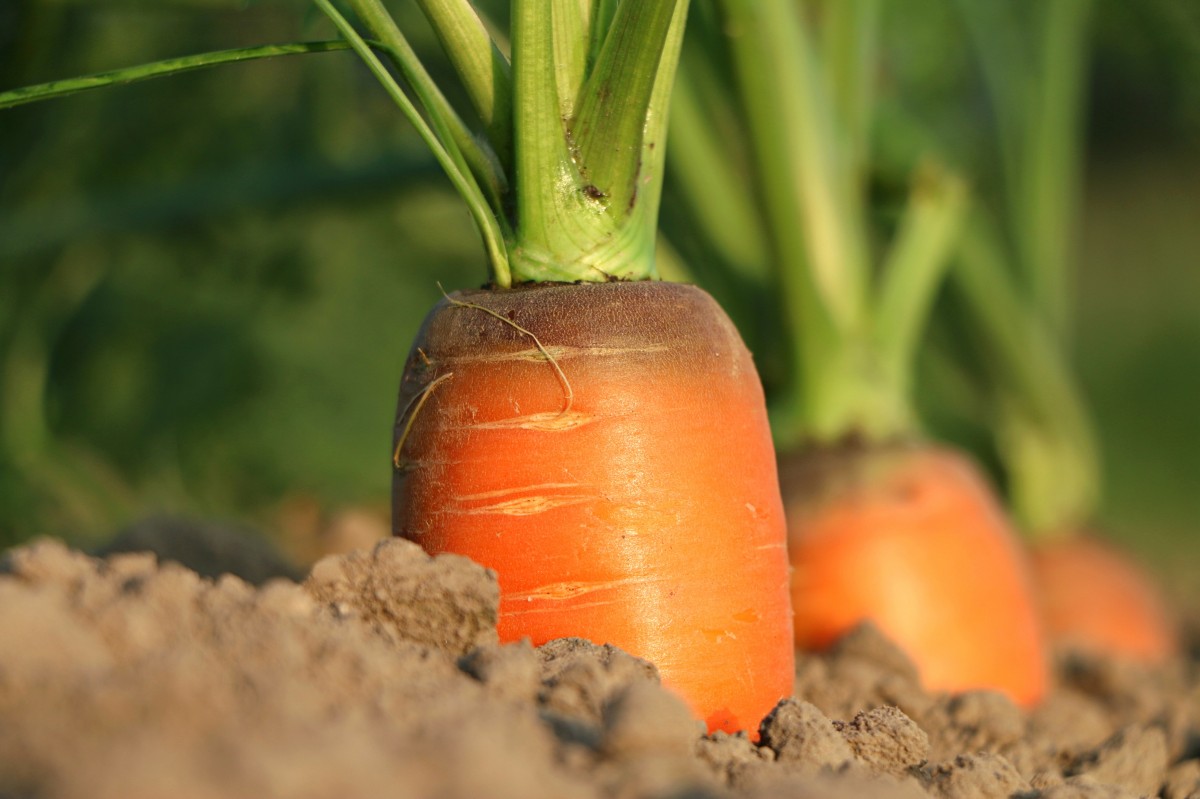
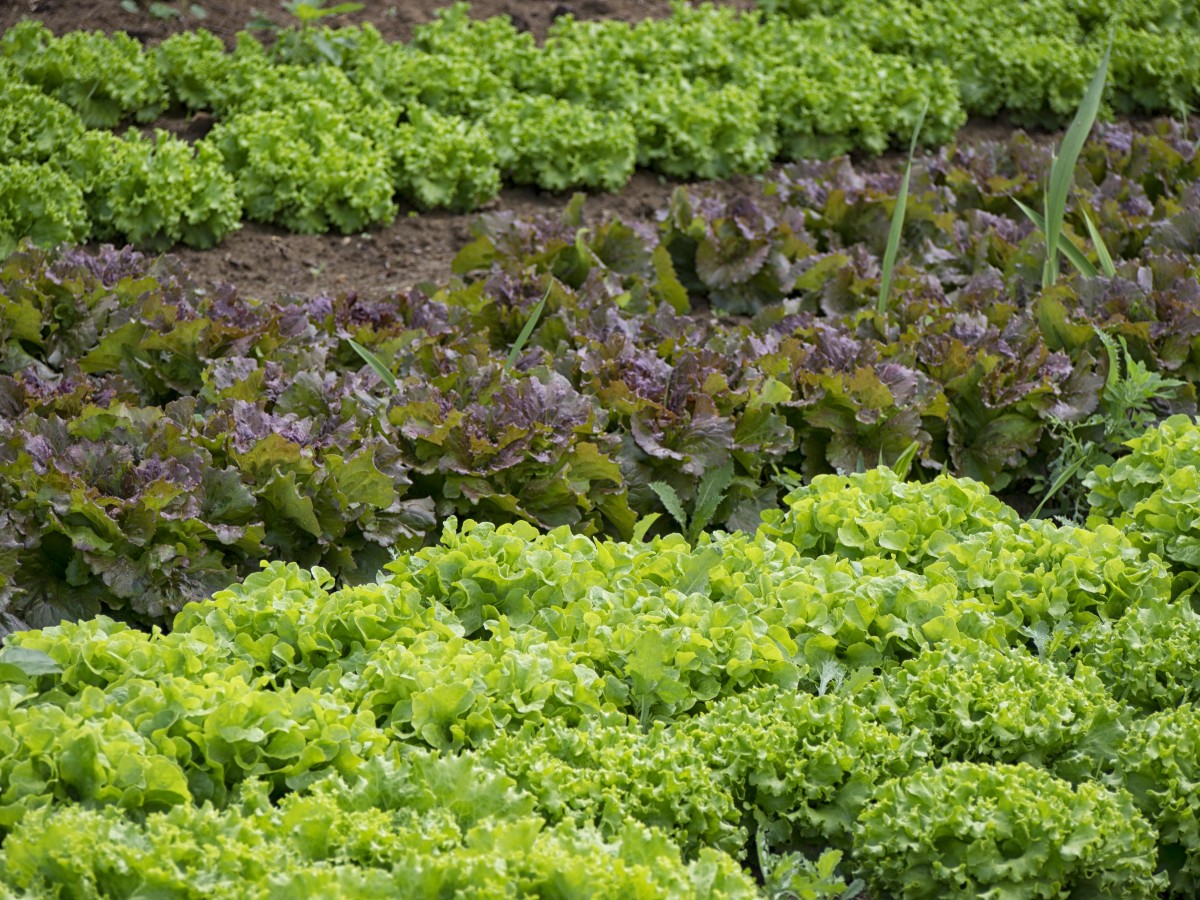
To optimise yields, it is essential to follow the growing instructions for each species: sowing and planting methods, exposure, distance between plants, watering, etc. To illustrate: a tomato plant needs a small footprint, staking to support the weight of the fruit and regular watering.
If you want to produce your own seeds year after year, it's best to start with reproducible organic seeds. See the catalogue of organic seeds.
Stage 3: care
Maintaining a vegetable garden essentially involves preparing and maintaining the soil, weeding and watering regularly, and pruning and caring for the plants.
For a small vegetable garden, maintenance is very low and requires very little time. The most intensive maintenance periods are from spring to the end of summer: this is the peak season for vegetable gardening!
During this period, the soil needs to be well prepared beforehand, and organic matter added every year, in spring or autumn.
Some work is required during the sowing and planting period: hoeing, digging, positioning, watering, and sometimes ridging.
Once the plants are firmly in place, regular weeding is needed to help them grow, and you need to make sure they are sufficiently watered, especially in dry spells.
Note: the best way to reduce the amount of maintenance required in the vegetable garden is to mulch the soil. Mulching limits the growth of weeds and reduces the need for watering. In the vegetable garden, it's best to opt for a mulch made from organic matter which, as it decomposes, helps to enrich the soil: grass clippings, wood shavings, flax or hemp chaff, surface compost, etc.
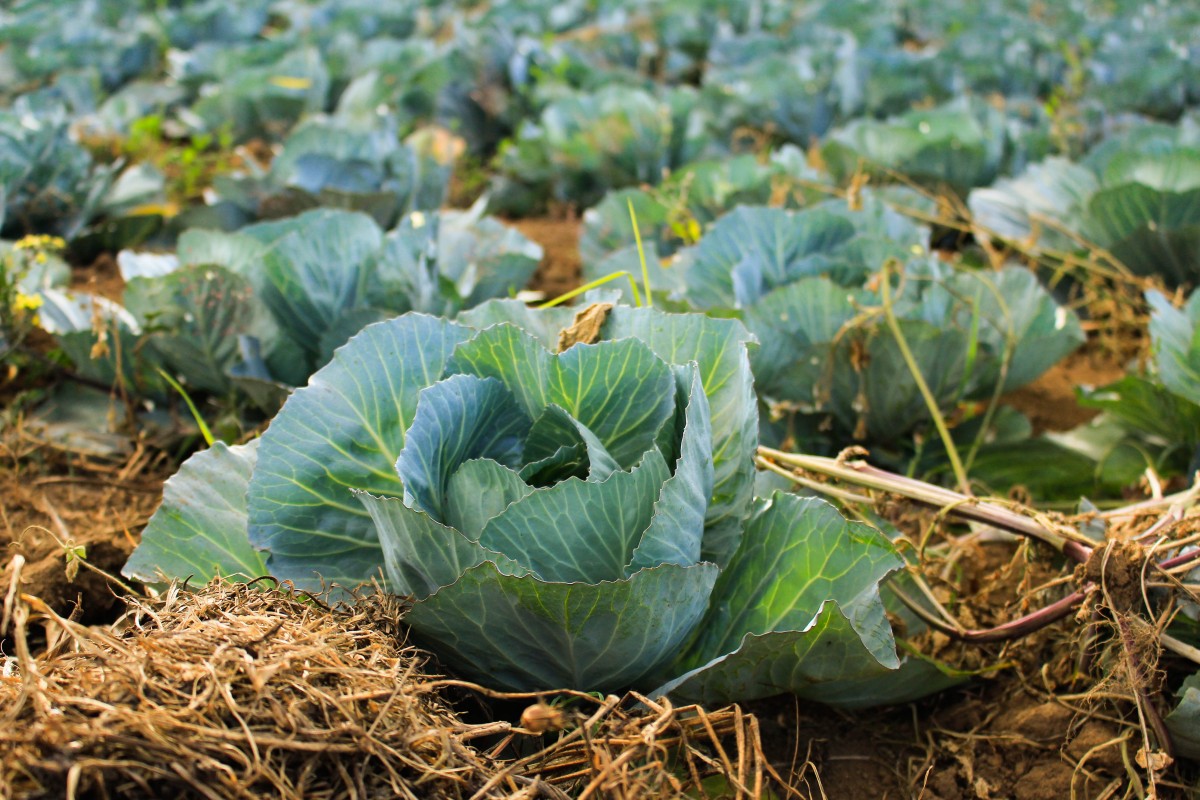

Finally, attention must be paid to any pests and diseases that could damage the plants. There are plenty of natural tricks you can use to protect your crops: watering at the foot of the plants, plant associations, preventive measures against slugs and snails (coffee grounds, eggshells, etc.), natural treatments based on black soap or white vinegar, etc.



 How to start a small vegetable garden?
How to start a small vegetable garden?